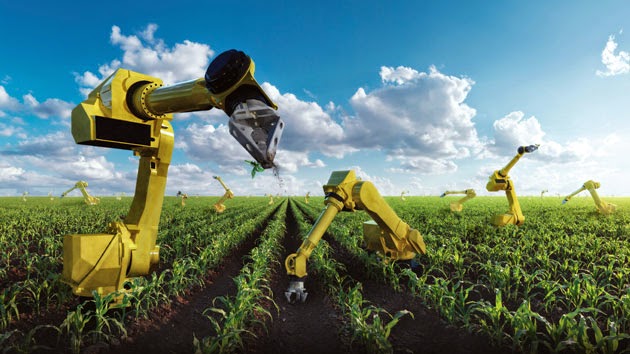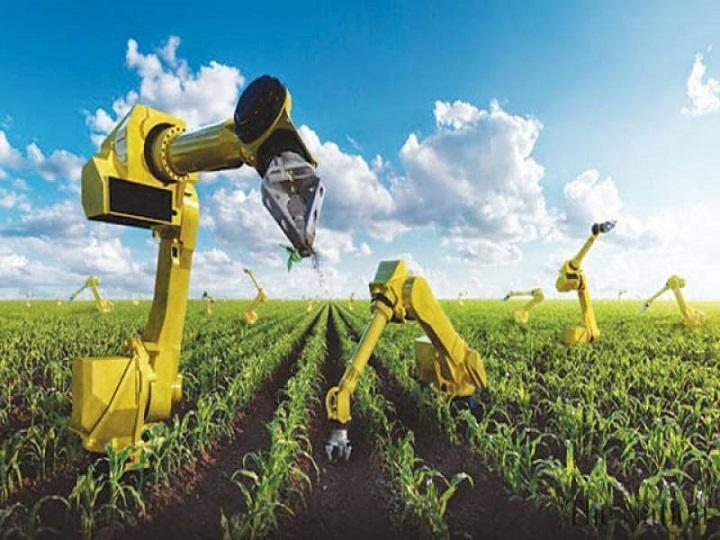 Source: bing.com
Source: bing.comIntroduction
Agriculture has been the primary source of food and livelihood for humans for thousands of years. As the world population grows, the demand for food is also increasing. With the help of technology, agriculture has been able to keep up with the growing demand for food. Technology has played a vital role in increasing agricultural productivity, reducing waste, and improving the quality of crops.
Smart Farming
 Source: bing.com
Source: bing.comSmart farming, also known as precision agriculture, is the use of technology to make agriculture more efficient and sustainable. Smart farming includes using sensors, drones, and other technologies to monitor crops and livestock. By using smart farming techniques, farmers can reduce waste, increase productivity, and improve the quality of their crops.
Internet of Things (IoT)
 Source: bing.com
Source: bing.comThe Internet of Things (IoT) is a network of devices that are connected to the internet. In agriculture, IoT can be used to monitor crops and livestock. IoT sensors can monitor soil moisture, temperature, and other environmental factors that affect crop growth. By using IoT in agriculture, farmers can make data-driven decisions that can increase productivity and reduce waste.
Artificial Intelligence (AI)
 Source: bing.com
Source: bing.comArtificial Intelligence (AI) is the use of computer algorithms to perform tasks that usually require human intelligence. In agriculture, AI can be used for crop monitoring, disease detection, and yield prediction. By using AI in agriculture, farmers can make better decisions that can increase productivity and reduce waste.
Robotics
 Source: bing.com
Source: bing.comRobotics is the use of robots to perform tasks that are usually done by humans. In agriculture, robots can be used for harvesting, planting, and crop monitoring. By using robotics in agriculture, farmers can reduce labor costs, increase productivity, and improve the quality of their crops.
Vertical Farming
 Source: bing.com
Source: bing.comVertical farming is the practice of growing crops in vertically stacked layers. Vertical farming can be done indoors or outdoors. By using vertical farming, farmers can increase crop yields, reduce water consumption, and reduce the need for pesticides. Vertical farming can also be used to grow crops in urban areas where space is limited.
Conclusion
Technology has played a vital role in the future of agriculture. By using smart farming, IoT, AI, robotics, and vertical farming, farmers can increase productivity, reduce waste, and improve the quality of their crops. As the world population continues to grow, the demand for food will increase. By using technology in agriculture, we can ensure that we have enough food to feed everyone.